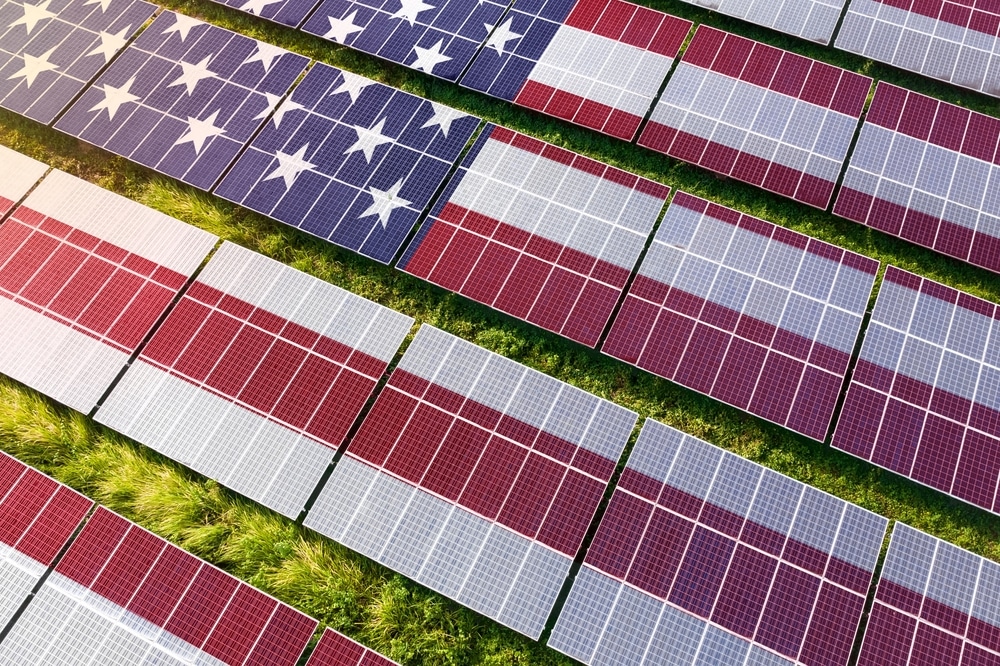The U.S. Department of Commerce (DOC) has announced preliminary countervailing duties on solar cells imported from Cambodia, Malaysia, Thailand, and Vietnam. The move is part of an ongoing investigation targeting foreign producers believed to be receiving unfair subsidies. This marks a significant development in a trade case that could reshape the solar industry in the U.S.
Southeast Asia Powered the U.S. Solar Imports in Q1 2024
As imports from these countries, Southeast Asian countries like Vietnam, Thailand, Malaysia, and Cambodia, increased, future levels remain uncertain due to a U.S. investigation into alleged illegal imports.
This probe, aimed at companies primarily headquartered in China, could result in retroactive tariffs, which might increase challenges for the U.S. solar industry. Analysts predict a rush of imports before any duties are enforced.
U.S. manufacturers like First Solar and Qcells are expanding domestic production but warn that Chinese trade practices could harm the industry. Factories in Vietnam led U.S. solar imports with 36.8% of the total, followed by Thailand, Malaysia, and Cambodia.
New Tariffs Target Southeast Asian Solar Imports
Abigail Ross Hopper, president of the Solar Energy Industries Association, expressed concerns over the matter, stating,
“We need effective solutions that support U.S. solar manufacturers and, at the same time, help us deploy clean energy at the scale and speed we need to tackle climate change and serve growing electricity demand here in the U.S. While we recognize the challenging market landscape for domestic manufacturers in the short term, these cases alone will not solve our macro challenges.”
On October 1, 2024, the Commerce Department released initial findings in its investigation into photovoltaic (PV) cells imported from Cambodia, Malaysia, Thailand, and Vietnam. The focus of the probe is on whether these countries are benefiting from subsidies, allowing them to undercut U.S. manufacturers by selling solar products below fair market value.
As per DOC’s press release, the preliminary duties vary significantly across the four countries:
- Cambodia: 8.25% to 68.45%
- Malaysia: 3.47% to 123.94%
- Thailand: 0.14% to 34.52%
- Vietnam: 0.81% to 292.61%
These tariffs apply to PV cell imports, whether sold as standalone units or assembled into panels. Some companies, like ISC Cambodia and GEP New Energy in Vietnam, received the highest penalties due to a lack of cooperation with the investigation.
Why These Tariffs Matter for the U.S. Solar Industry
The case originated from a petition filed by the American Alliance for Solar Manufacturing Trade Committee. The group, which includes U.S. solar producers like First Solar and Hanwha Qcells USA, is calling for more stringent measures to protect American manufacturing. They argue that Chinese-owned companies operating in Southeast Asia are receiving significant government subsidies, giving them an unfair advantage over U.S. firms.
The tariffs are designed to level the playing field. While the preliminary rates were lower than some analysts expected, the DOC will continue its investigation. The final determinations, expected by spring 2025, could see these duties increase. If U.S. officials find that the domestic solar industry has been harmed, the tariffs will apply retroactively, impacting shipments made 90 days before the preliminary ruling.
What Comes Next for Solar Importers and the U.S. Market?
The investigation isn’t over yet. The U.S. is also conducting antidumping duty investigations into solar imports from these four countries. The outcome of both probes could result in higher final duties, depending on the evidence collected.
In the meantime, the U.S. solar market remains in a state of uncertainty. Imports from Vietnam and Thailand have surged in recent months, with the U.S. bringing in 17.4 gigawatts of solar panels in the second quarter of 2024 alone—a record number. Now, those companies face potential retroactive duties, putting projects at risk of increased costs.
As this case unfolds, solar manufacturers in the U.S. hope the duties will create more room for domestic production. However, some critics warn that the tariffs could increase solar panel costs, potentially slowing the country’s transition to renewable energy.
A final decision is expected next year, with the possibility of more changes on the horizon.


